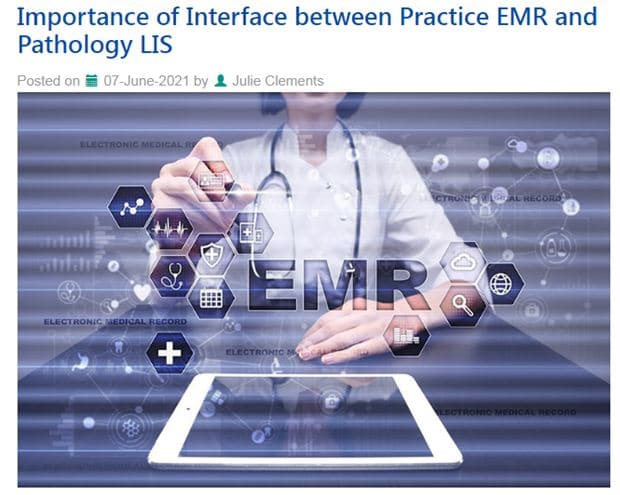 Clinical innovation, which is an essential element of health care reform, is expected to impact the demand for physicians in the upcoming years. One study pointed out that if health IT gets fully implemented in 30% of the physician offices, it could result in a fall in demand for physicians by 4% to 9%. The health IT applications responsible for reducing the role that physicians will play include interoperable electronic health records (EHRs), medical dictation and medical transcription software, patient web portals with secure messaging, clinical decision support, provider order entry, and mobile health apps.
Clinical innovation, which is an essential element of health care reform, is expected to impact the demand for physicians in the upcoming years. One study pointed out that if health IT gets fully implemented in 30% of the physician offices, it could result in a fall in demand for physicians by 4% to 9%. The health IT applications responsible for reducing the role that physicians will play include interoperable electronic health records (EHRs), medical dictation and medical transcription software, patient web portals with secure messaging, clinical decision support, provider order entry, and mobile health apps.
According to the study, the widespread implementation of health IT is expected to lead to the following changes:
- health IT applications will pass on the work load of the physician to midlevel practitioners
- the workload of specialists will be transferred to primary care doctors, reducing physician demand from 6% to 12%
- IT-enabled remote care and asynchronous care can reduce the overall care that a physician offers from 2% to 5% and 4% to 7% respectively
The impact would more than double if IT adoption extends to an average of 70% of U.S. ambulatory care delivery settings, say the experts who conducted the study. They point out that most of the projected reductions in demand will be the result of the IT-enhanced ability of patients to communicate with those caring for them.
E-Health Benefits
Increased physician efficiency: Though many studies show that the introduction of EHR has decreased physician productivity, it is expected that young tech savvy physicians will find ways to overcome this and use the system to enhance their efficiency.
Fewer number of office visits: With better communication between physicians and patients via eHealth will also reduce the number of unnecessary office visits could be tremendously reduced. The associated work load could be shared by non-physician clinicians and patients thus minimizing the required physician time.
Reduced area-based shortage of physicians: The provision of real-time “office-based care” by remote providers whose patients are not in the physician’s office would mean interactions between consumers and providers from different locations as well as at different points in time. These factors could reduce regional shortages of physicians.
Increased access to physicians: With telemedicine consults between patients in rural areas and big-city specialists increasing will result in increased access to doctors everywhere, in the face of the existing and expected future maldistribution of physicians across the nation.
Comprehensive Use of Health IT only by 2020
Though many healthcare practices have gone ahead with EHR implementation, it is predicted that the comprehensive use of health IT by even 30% of office-based doctors is at least five years away and that transformation could happen in a big way only by 2020. It is important that policymakers devise strategies to deal with the changes that health IT will have on providers and patients in the future.


